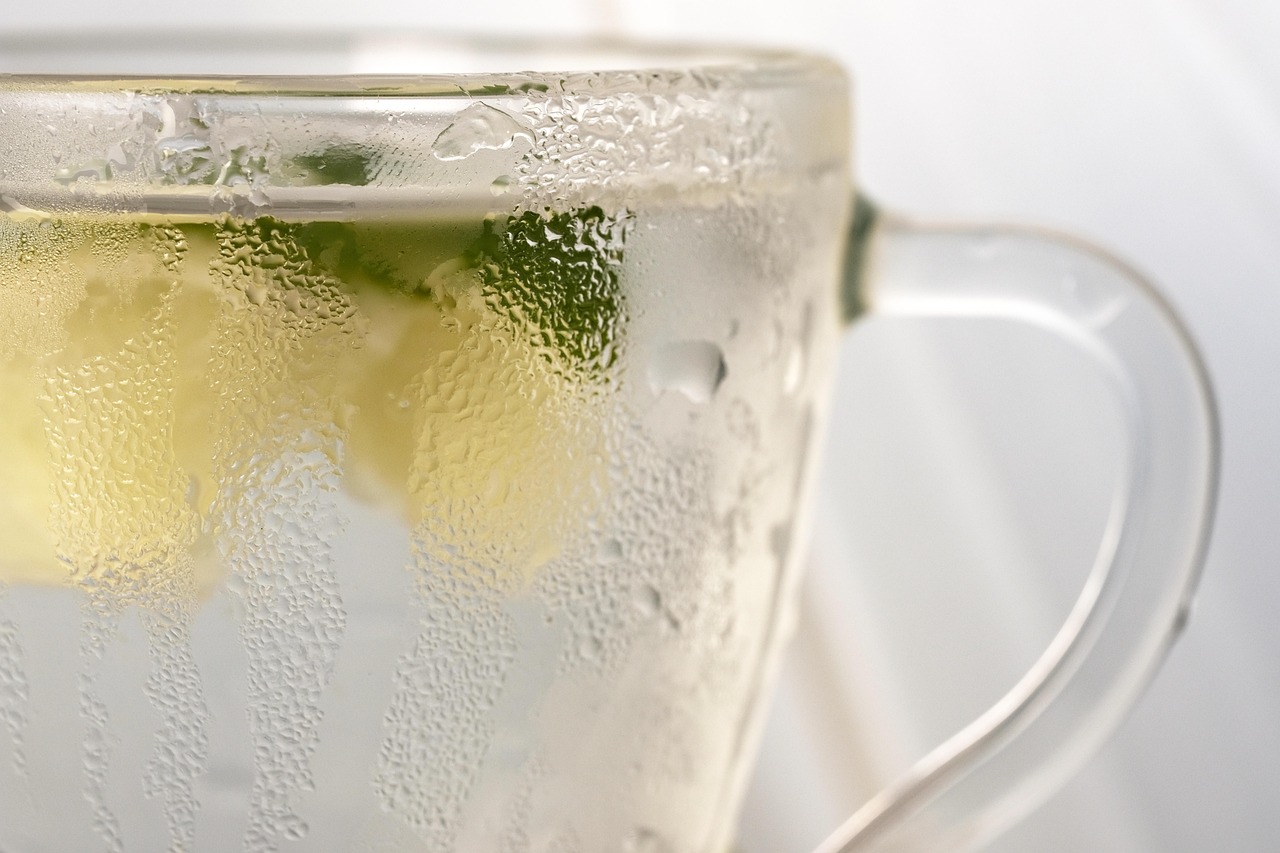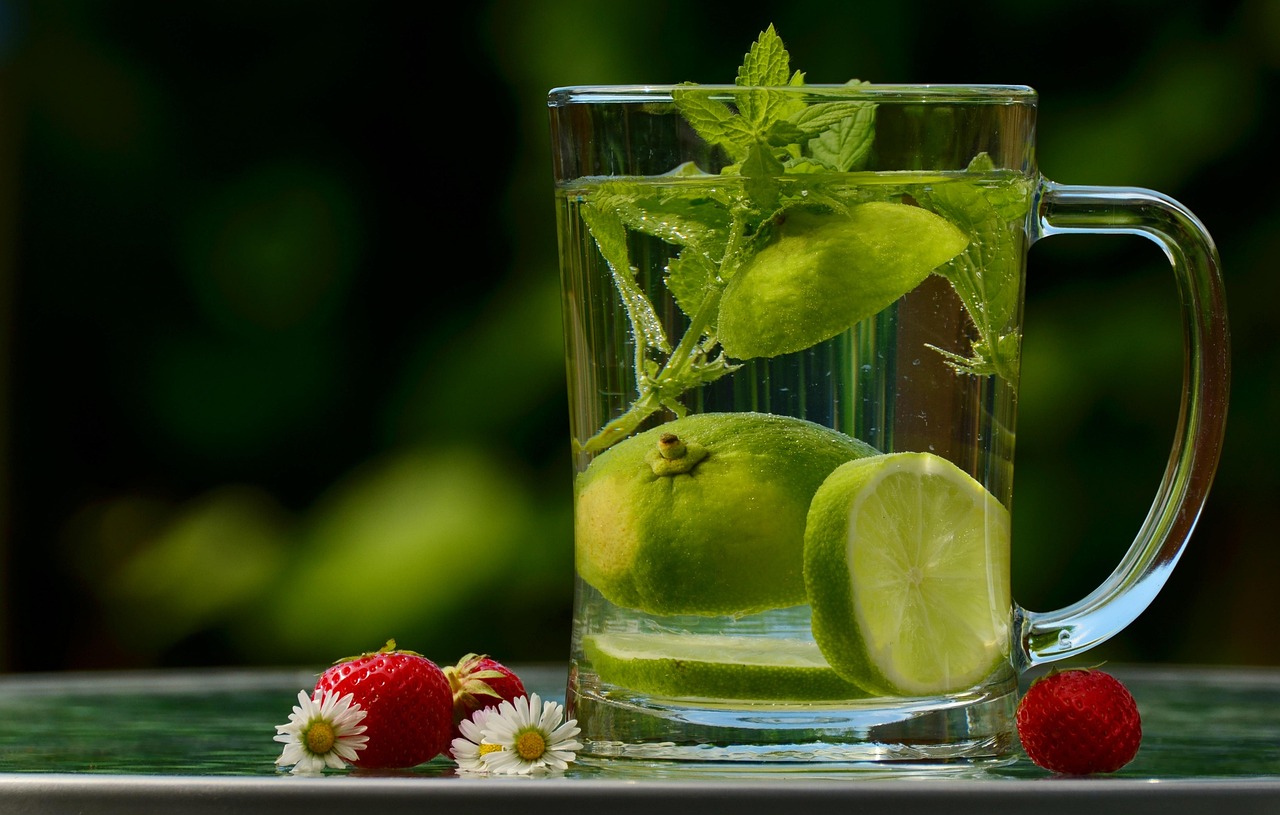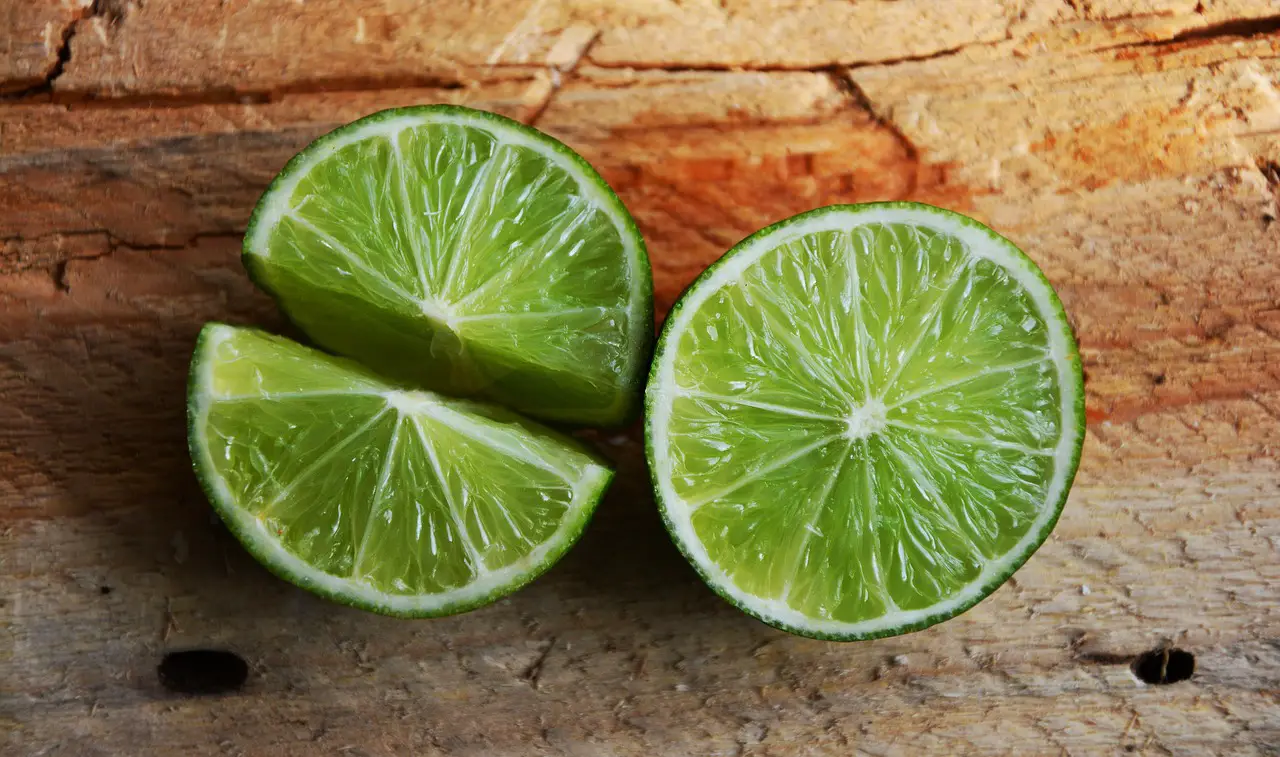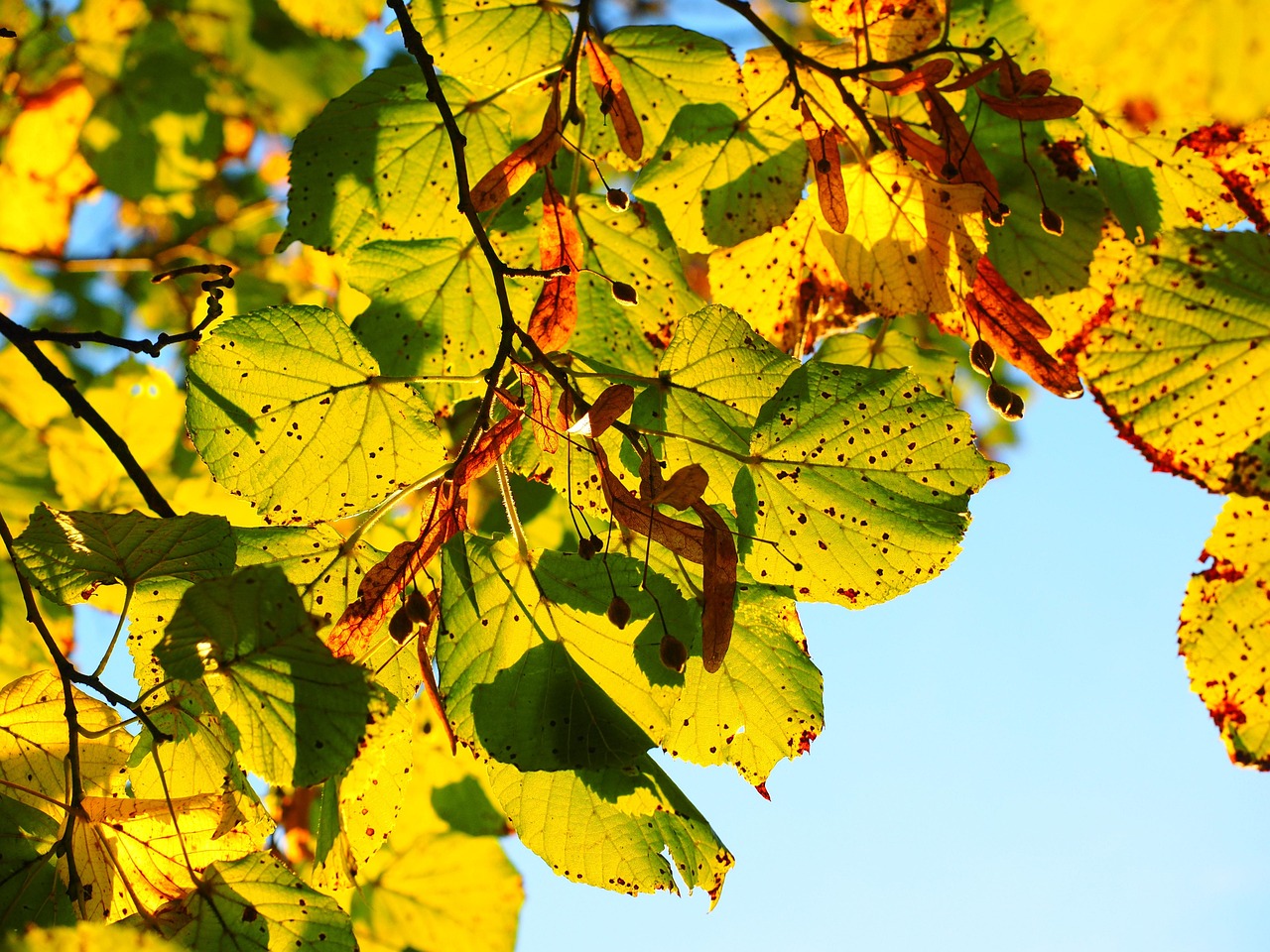Pruning lime trees in a greenhouse is essential for promoting healthy growth, enhancing fruit production, and managing the overall size of the tree. Proper timing and techniques are crucial to ensure the tree thrives and produces quality fruits.
Lime trees are popular choices for greenhouse cultivation due to their compact size, fragrant blossoms, and delicious fruit. These trees thrive in controlled environments, where temperature and humidity can be regulated to create optimal growth conditions. However, just like any other fruit-bearing tree, lime trees require regular maintenance to ensure they remain healthy and productive. One of the most important aspects of this maintenance is pruning.

Pruning helps to remove dead or diseased branches, encourages new growth, and allows better air circulation within the tree. This is particularly important in a greenhouse setting, where humidity levels can be higher than outside. Proper pruning techniques can also help in shaping the tree to fit the limited space of a greenhouse while maximizing light exposure to all parts of the plant.
Understanding Lime Tree Growth Patterns
Before diving into pruning techniques, it is essential to understand the growth patterns of lime trees. Lime trees typically grow in a bushy form with a dense canopy. Their growth habit can lead to overcrowding of branches, which may reduce light penetration and air circulation. This can result in increased susceptibility to pests and diseases.
Here are some key characteristics of lime tree growth:

| Characteristic | Description |
|---|---|
| Height | Lime trees typically grow between 6 and 12 feet tall when grown in a greenhouse. |
| Canopy | The canopy can become dense, requiring regular pruning for air circulation. |
| Branching | Branches tend to grow inward, necessitating selective pruning to maintain shape. |
| Fruit Bearing | Fruit appears on both young and mature wood, emphasizing the importance of careful pruning. |
Recognizing these growth patterns is crucial when planning your pruning strategy. A well-pruned lime tree not only looks aesthetically pleasing but also promotes better fruit yield. It is advisable to prune lime trees during their dormant season, typically in late winter or early spring before new growth begins. This timing helps minimize stress on the tree and allows it to recover quickly.
Essential Pruning Techniques
There are several techniques that can be employed when pruning lime trees. Understanding these methods will help you choose the right approach based on your specific needs. Here are some common pruning techniques:
- Thinning: This involves removing entire branches from the base to improve airflow and light penetration within the canopy.
- Heading Back: This method shortens individual branches by cutting them back to a lateral bud or branch. It encourages bushier growth and helps manage the overall size.
- Cleaning: Removing dead or diseased branches is crucial for maintaining tree health. This should be done regularly to prevent the spread of disease.
- Shaping: Shaping involves cutting back branches to maintain a desired form. This is particularly useful in a greenhouse where space is limited.
Each of these techniques serves a specific purpose and can be combined for optimal results. For instance, thinning may be followed by heading back to create a well-structured tree that allows for maximum light exposure and airflow.

Tools Required for Pruning Lime Trees
Having the right tools is essential for effective pruning. The following tools are commonly used in lime tree pruning:
- Pruning Shears: Ideal for cutting smaller branches and making clean cuts.
- Loppers: Suitable for thicker branches that cannot be cut with regular shears.
- Saws: A small pruning saw may be necessary for larger limbs that need removal.
- Gloves: Protect your hands while working, especially when dealing with thorny branches.
- Cleaning Solution: Use a solution to disinfect your tools before and after use to prevent disease transmission.
Using sharp and clean tools is vital for making precise cuts that will heal quickly and minimize damage to the tree. Always ensure your tools are sterilized before use, especially if you are pruning multiple plants.
Understanding when and how to prune lime trees is key to successful greenhouse cultivation. By employing the right techniques and tools, growers can enhance the health and productivity of their lime trees, leading to a bountiful harvest.

Timing Your Pruning Sessions
Timing is a crucial factor when it comes to pruning lime trees. The right timing can significantly influence the health and productivity of the tree. Understanding the growth cycles of lime trees will help you determine the best times for pruning.
In general, lime trees should be pruned during their dormant periods. This is typically in late winter or early spring, just before the new growth begins. Pruning at this time allows the tree to heal more rapidly and promotes vigorous new growth. On the other hand, pruning during active growth can stress the plant and hinder its development.
Here are some key points regarding the timing of pruning:
- Late Winter to Early Spring: Ideal for major pruning activities as plants are still dormant.
- Post-Harvest: Light pruning can be performed after the harvest to remove any dead or diseased wood.
- Avoiding Late Summer: Pruning during late summer can leave the tree vulnerable to disease as it prepares for dormancy.
Identifying Which Branches to Prune
Knowing which branches to prune is critical for maintaining a healthy lime tree. Not all branches require cutting, and understanding how to identify problematic branches can improve your pruning outcomes.
When assessing your lime tree, consider the following categories of branches:
Dead or Diseased Branches
These branches should be removed immediately, as they can harbor pests and diseases that may spread throughout the tree. Look for signs such as:
- Brittle and dry wood
- Discoloration or blackened areas
- Visible signs of insect infestation
Crowded Branches
Branches that grow too closely together can create dense areas that inhibit air circulation and light penetration. Focus on removing:
- Branches that cross each other
- Branches growing inward towards the center of the tree
- Weak or spindly branches that do not contribute to the overall structure
Overly Long Branches
Long branches can become unmanageable and may require heading back to maintain a balanced shape. Identify branches that:
- Extend beyond the desired height of the tree
- Crowd other branches, limiting their growth potential
Common Mistakes in Pruning Lime Trees
Even experienced gardeners can make mistakes when pruning lime trees. Being aware of common pitfalls will help you avoid damaging your plants.
- Over-Pruning: Removing too many branches at once can shock the tree and reduce fruit production.
- Improper Cuts: Making cuts at incorrect angles can lead to tearing and damage, making it harder for the tree to heal.
- Neglecting Tools Maintenance: Using dull or dirty tools can result in jagged cuts, increasing the risk of disease.
- Ignoring Tree Health: Focusing solely on aesthetics without considering the tree’s health can lead to long-term problems.
The Role of Fertilization After Pruning
Pruning lime trees creates an opportunity for new growth, but proper care must follow. Fertilization after pruning plays a significant role in supporting recovery and encouraging robust growth. Here are some key aspects to consider:
Choosing the Right Fertilizer
After pruning, using a balanced fertilizer can provide essential nutrients necessary for recovery. Look for fertilizers that contain:
- Nitrogen (N): Promotes leafy growth.
- Phosphorus (P): Encourages root development and flowering.
- Potassium (K): Supports overall plant health and fruit production.
Application Timing
The best time to apply fertilizer is shortly after pruning when the tree is beginning to show new growth. This timing ensures that nutrients are available as the tree starts to recover.
Fertilization Methods
You can apply fertilizer in several ways:
- Granular Fertilizer: Spread evenly around the base of the tree, avoiding direct contact with the trunk.
- Liquid Fertilizer: Dilute in water and apply directly to the soil or as a foliar spray.
Proper fertilization combined with effective pruning will enhance the vitality of your lime trees, leading to better yields and healthier plants overall.
Pest Management Post-Pruning
Pest management becomes even more critical after pruning, as open cuts can attract pests. Here are some strategies to protect your lime trees:
- Regular Monitoring: Keep an eye on your trees for signs of pests or diseases after pruning.
- Pest Barriers: Use physical barriers like nets or row covers to protect young growth.
- Naturally Derived Insecticides: Consider using organic options such as neem oil to deter pests without harming beneficial insects.
Pest management should be an ongoing process throughout the growing season, especially following significant changes like pruning. Taking these proactive steps will help ensure your lime trees thrive in the greenhouse environment.
Training Lime Trees for Optimal Growth
Training lime trees is an essential part of greenhouse cultivation. Proper training helps shape the tree, promotes healthy growth, and maximizes light exposure. Understanding different training methods will enhance the overall productivity and appearance of your lime trees.
Common Training Techniques
There are several training techniques commonly used for lime trees. Each method serves a unique purpose and can be applied based on the specific growing conditions of your greenhouse.
- Central Leader: This method involves selecting a single dominant stem as the main leader. Lateral branches are pruned to maintain this central structure, allowing for better light penetration and air circulation.
- Open Center: In this method, the center of the tree is kept open by removing the central leader. This encourages multiple main branches to develop, promoting an airy canopy that allows sunlight to reach all parts of the tree.
- Espalier: Espalier training involves growing the tree against a wall or trellis in a flat, two-dimensional shape. This not only saves space but also facilitates easy access for maintenance and harvesting.
- Bonsai Technique: For those limited in space, applying bonsai techniques can keep lime trees small while still producing fruit. This involves careful pruning and wiring to shape the tree in a compact form.
Watering Practices for Pruned Lime Trees
Proper watering is crucial following pruning. The tree’s needs may change after pruning due to increased exposure to sunlight and air, which can lead to faster drying of the soil. Here are some considerations for watering your lime trees:
Understanding Water Requirements
After significant pruning, lime trees may require more frequent watering to support new growth. Factors that influence water needs include:
- Size of the Tree: Larger trees typically require more water than smaller ones.
- Soil Type: Well-draining soils may need more frequent watering compared to heavier soils that retain moisture.
- Climate Conditions: Higher temperatures and lower humidity levels can increase evaporation rates, necessitating more water.
Watering Techniques
When watering lime trees post-pruning, consider the following techniques:
- Drip Irrigation: This method provides a consistent amount of water directly to the root zone, minimizing waste and reducing disease risk.
- Soaker Hoses: These hoses can be laid around the base of the tree to allow slow absorption of water into the soil.
- Manual Watering: If using a watering can or hose, ensure that water reaches deep into the soil to encourage root development.
Fertilization Regimen Following Pruning
Fertilization plays a vital role in supporting lime trees after they have been pruned. Providing the right nutrients will help them recover quickly and promote vigorous new growth. Here are some guidelines for fertilization:
Selecting Fertilizers
Choosing the right fertilizer is crucial for post-pruning care. Look for fertilizers with balanced N-P-K (Nitrogen-Phosphorus-Potassium) ratios. Consider options such as:
- Slow-Release Fertilizers: These can provide nutrients over an extended period, reducing the frequency of application.
- Organic Fertilizers: Compost or well-rotted manure can improve soil structure and provide essential nutrients naturally.
Application Techniques
The method of application can influence how effectively nutrients are absorbed:
- Broadcasting: Evenly spread granular fertilizers around the root zone, avoiding direct contact with the trunk.
- Diluted Liquid Fertilizers: Mix with water and apply directly to the soil or as a foliar spray during active growth periods.
Seasonal Care After Pruning
Caring for your lime trees does not stop after pruning; it continues throughout the growing season. Seasonal changes will affect how you manage your trees. Here are some considerations for each season:
Spring Care
Spring is a critical time as your lime trees begin to wake from dormancy. Key tasks include:
- Regular Watering: Ensure consistent moisture as new growth emerges.
- Pest Monitoring: Keep an eye out for any signs of pests and diseases as temperature rises.
- Nutrient Application: Apply balanced fertilizers to support new growth.
Summer Care
The summer months bring warmth and increased growth rates. Focus on:
- Irrigation Management: Adjust watering frequency based on heat and evaporation rates.
- Pest Control Measures: Implement pest management strategies as needed, especially if infestations occur.
- Regular Pruning Maintenance: Remove any excess growth or suckers that may appear during this time.
Fall Care
As temperatures begin to drop, it’s essential to prepare your lime trees for winter. Important tasks include:
- Final Fertilization: Apply a last round of fertilizer before dormancy to ensure nutrients are available when growth resumes in spring.
- Pest Inspection: Conduct a thorough check for pests before colder weather sets in.
- Covering Trees if Necessary: In case of unexpected cold snaps, protect young trees with blankets or other covers.
Caring for lime trees year-round ensures their health and productivity in a greenhouse setting. Adapting your practices based on seasonal changes will lead to better outcomes and a robust harvest.
Advanced Techniques for Lime Tree Pruning
As you become more experienced in pruning lime trees, you may want to explore advanced techniques that can further enhance growth and production. These methods can be applied in combination with the basic techniques previously discussed.
Selective Pruning for Enhanced Fruit Quality
Selective pruning goes beyond the general removal of dead or diseased branches. This technique focuses on enhancing fruit quality by targeting specific branches that are less productive. Here’s how to approach it:
- Identify Low-Quality Branches: Look for branches that produce small or poor-quality fruit and remove them to redirect energy to healthier branches.
- Maintain Fruit-Setting Wood: Keep branches that are known to produce high-quality fruit, especially those that have shown good yield in previous seasons.
- Balance Fruit Load: Ensure that the tree does not carry too much fruit, which can weaken branches. Thinning out some of the fruit can lead to larger, healthier limes.
Using Growth Regulators
Growth regulators can be used in conjunction with pruning to manage growth patterns effectively. These substances help control the growth rate and can improve fruit set. Here are some considerations:
- Application Timing: Apply growth regulators during active growth periods after pruning to maximize effectiveness.
- Monitoring Effects: Keep track of how your lime trees respond to the use of growth regulators and adjust your approach accordingly.
Understanding the Environmental Impact
Pruning practices not only affect the lime trees themselves but also have broader implications for the environment. Being mindful of your practices can contribute to sustainable gardening. Here are some points to consider:
Soil Health
Maintaining soil health is crucial for the sustainability of your greenhouse. Healthy soil supports vigorous plant growth and reduces the need for chemical fertilizers. Consider implementing the following:
- Composting: Use organic waste from your pruning sessions to create compost, enriching the soil with nutrients.
- Crop Rotation: If possible, rotate crops within your greenhouse to prevent soil depletion and pest buildup.
Diversity of Plant Life
Diverse plant life can create a balanced ecosystem within your greenhouse, reducing pests and diseases naturally. Some strategies include:
- Intercropping: Planting compatible plants alongside lime trees can promote biodiversity and deter pests.
- Beneficial Insects: Encourage beneficial insects like ladybugs by planting flowering species that attract them.
Cultivating Best Practices in Greenhouse Management
A successful greenhouse environment requires attention to detail beyond just pruning. Implementing best practices can lead to healthier plants and better yields. Here are some recommendations:
- Temperature Control: Monitor and maintain optimal temperatures within the greenhouse, as extreme temperatures can stress lime trees.
- Humidity Levels: Regularly check humidity levels; excessive moisture can lead to fungal diseases, while low humidity may dry out young leaves.
- Adequate Ventilation: Ensure proper airflow within the greenhouse to prevent stagnant air, which can promote pests and diseases.
- Regular Cleaning: Keep the greenhouse clean by removing debris and fallen leaves to minimize pest habitats.
Final Thoughts
Pruning lime trees for greenhouse cultivation is a multifaceted process that requires knowledge, skill, and attention to detail. By understanding the growth patterns of lime trees, employing effective pruning techniques, and maintaining a healthy growing environment, you can significantly enhance both the health and productivity of your trees. Seasonal care, pest management, and proper watering practices are all critical components that contribute to successful lime tree cultivation.
As you apply these practices, remember that each lime tree is unique. Regular observation and adaptation of your methods will lead to better outcomes over time. With patience and dedication, you can enjoy a bountiful harvest of delicious limes from your greenhouse.
In summary, combining advanced pruning techniques with sound environmental practices will not only yield healthier lime trees but also promote a sustainable approach to gardening. Embrace the journey of cultivating your lime trees, and enjoy the rewards they bring.
